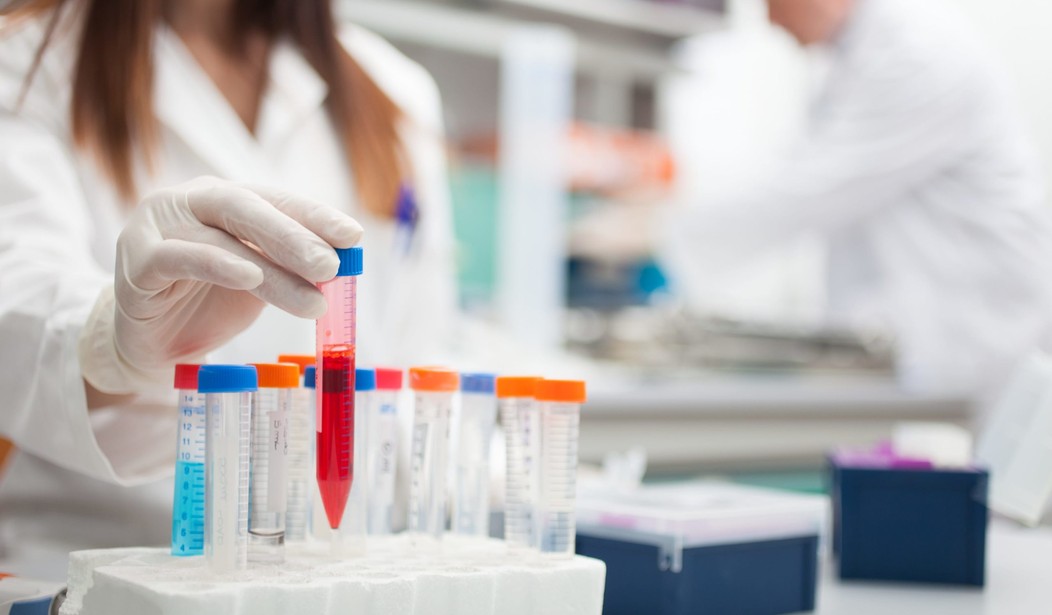Scientists have done something that’s pretty amazing. They’ve turned skin cells into muscle.
This, of course, almost raises the question of just why someone would want to do this. After all, the human body already has more muscle than skin anyway. Why do we need to turn skin into muscle?
Well, in the case of someone with muscular dystrophy, it seems that taking samples of muscles that are already wasting away is unethical. But, by using skin cells to create muscle tissue, researchers can examine the muscle and learn from it instead. Since the same DNA is in play, the muscle should be basically the same.
In 2015, biomedical researchers were able to create muscle tissue from muscle cells. It isn’t an easy thing, but it stands to reason that it could be done.
Now, however, the study makes it clear that we can do the same thing with non-muscular cells. First by converting the cells into muscle cells, then by growing the muscle tissue from there.
Nenad Bursac, a professor of biomedical engineering at Duke University where the study was conducted said, “Starting with pluripotent stem cells that are not muscle cells, but can become all existing cells in our body, allows us to grow an unlimited number of myogenic progenitor cells.”
Bursac added, “These progenitor cells resemble adult muscle stem cells called ‘satellite cells’ that can theoretically grow an entire muscle starting from a single cell.” As the cell develops, the pluripotent stem cells are filled with a molecule which directs the cells to grow into muscle tissue called Pax7.
With this significant hurdle down, researchers can now create tissue to allow them to delve into the mysteries surrounding muscular dystrophy. Since muscular dystrophy appears to be a hereditary condition, using this technology may help scientists develop new treatments and therapies for patients struggling with this condition.
However, as with any new discovery, other potential uses may be found over time. For example, could a variation of this allow researchers to basically grow new organs for people with failing hearts and lungs, thus creating rejection-free transplants?
The possibilities may well be limitless.
Yet even if it does nothing but help combat a horrible disease, it’s still a huge win for science all on its own. No disease should be allowed to ravage humanity.









Join the conversation as a VIP Member